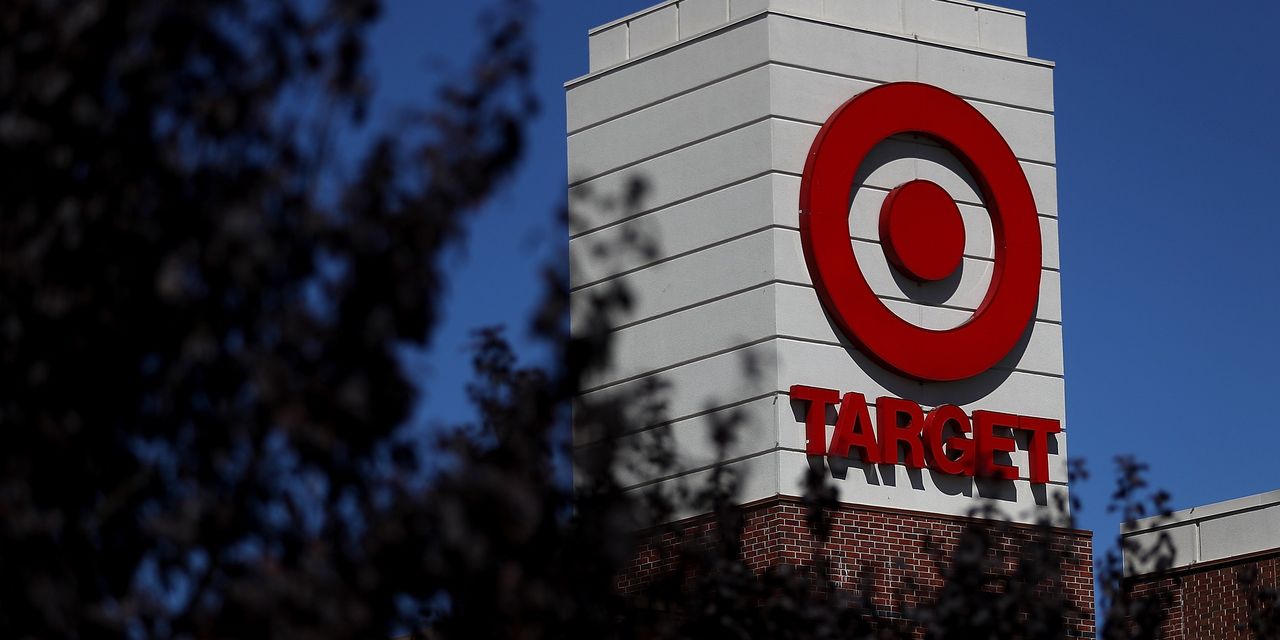As retail earnings kick off this week, investors will be watching closely to see whether organized retail crime is still casting a shadow over the sector.
Crime has been a hot topic in recent earnings seasons, cited by major retailers such as Target Corp.
TGT,
In August, when Target reported second-quarter results, CEO Brian Cornell reiterated his previous comments about inventory “shrink,” saying that the company is facing an “unacceptable amount” of retail theft and organized retail crime.
But analysts say there is much more to retail-industry shrink than just theft. “Over the course of 2022 and 2023, retailers have increasingly highlighted rising shrink concerns and related headwinds on margin,” William Blair analyst Dylan Carden said in a recent note. “We believe context is important, namely that much of the increase in 2022 was related to shrink normalization coming out of the pandemic, when temporary closures and subsequent in-store shopping restrictions led to a more dramatic decrease in shrink.”
Related: Retail earnings begin this week. ‘It’s getting worse,’ an analyst says.
The National Retail Federation’s 2023 Retail Security Survey, which was released in September, found that the average shrink rate in fiscal year 2022 increased to 1.6%, up from 1.4% in fiscal year 2021. When taken as a percentage of total retail sales in 2022, that shrink represents $112.1 billion in losses, according to the NRF.
William Blair analyst Carden says elevated shrink is expected in 2023, coinciding with growing organized retail crime. However, he feels there’s a disconnect between the expected increase in shrink and the level of attention the topic has drawn. “While theft is likely elevated, companies are also likely using the opportunity to draw attention away from margin headwinds in the form of higher promotions and weaker inventory management in recent quarters,” Carden added. “We also believe some more recent permanent store closures enacted under the cover of shrink relate to underperformance of these locations.”
Target’s recent announcement that it will close nine stores across four states, for example, has been scrutinized in light of local crime and foot-traffic data.
Related: As Target prepares to close stores, crime data and foot traffic are in the spotlight
Set against this backdrop, analysts say there are multiple pieces that make up the puzzle of retail shrink. “I think we need to be clear about what shrinkage is. If shrinkage has increased, there are a lot of reasons, not just theft,” Melodie van der Baan, CEO of Max Retail, which helps retailers and brands sell excess inventory, told MarketWatch. “One of the biggest reasons is stock that cannot be restocked.”
Specifically, van der Baan pointed to returned merchandise that is damaged or that can’t be resold, such as undergarments or beauty items. “I question the amount of unsellable returns and how much that accounts for the amount of shrinkage, not just theft,” she added.
Consumer behavior has also shifted since the COVID-19 pandemic hit, according to the van der Baan. “We have seen the return business boom, that’s undeniable,” she said. “People are more ‘instant gratification.’”
Related: Retailers talk a lot about rising theft. But a retail-industry report finds a key metric hasn’t increased much.
A report released in December by the NRF and Appriss Retail found that for every $1 billion in sales, the average retailer incurs $165 million in merchandise returns. For every $100 in returned merchandise accepted, retailers lose $10.40 to return fraud, according to the report.
The report also found that the average rate of return remained flat at 16.5% in 2022, compared with 16.6% in 2021.
This is a busy week for major retail earnings. Home-improvement giant Home Depot Inc.
HD,
reports third-quarter results before market open on Tuesday and Target reports third-quarter results before market open Wednesday. Walmart Inc.
WMT,
reports before market open on Thursday and BJ’s Wholesale Club Holdings Inc.
BJ,
reports third-quarter results before market open Friday.
Read the full article here








